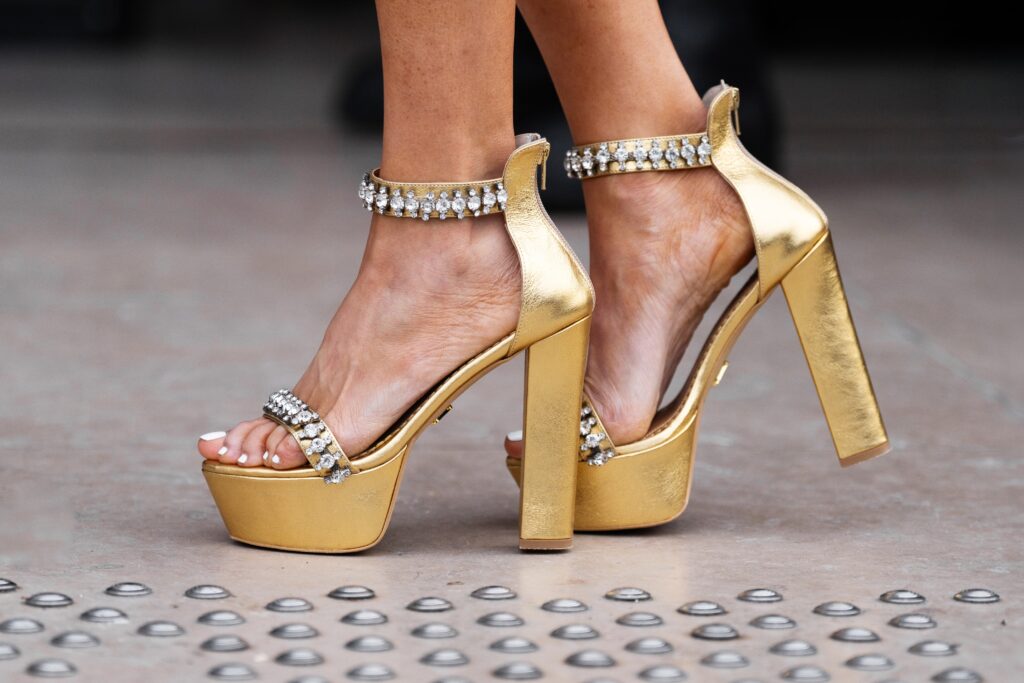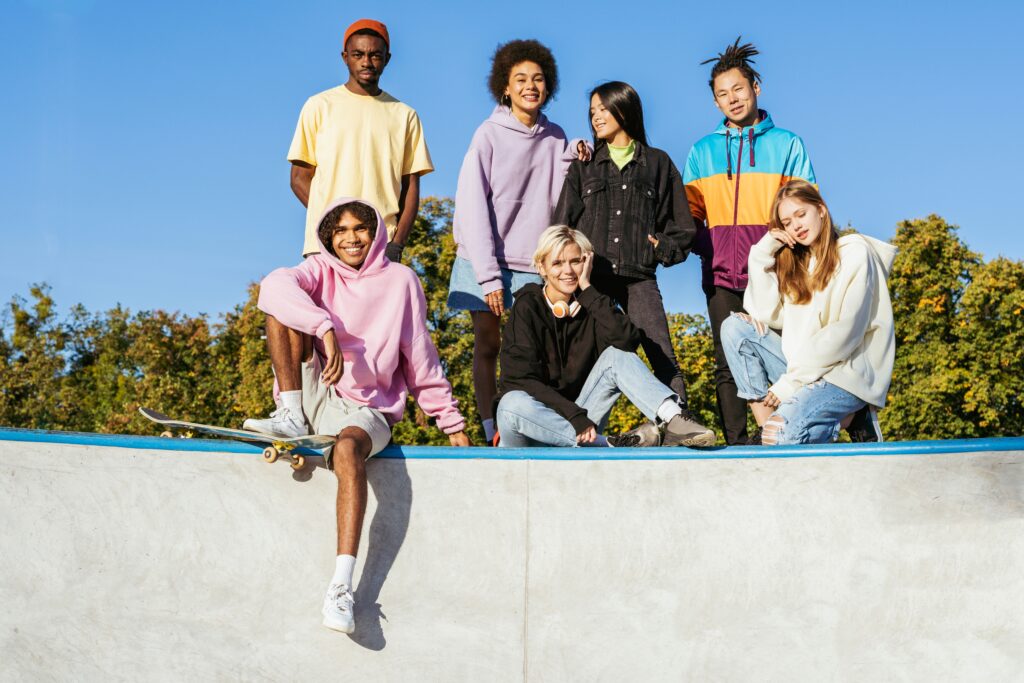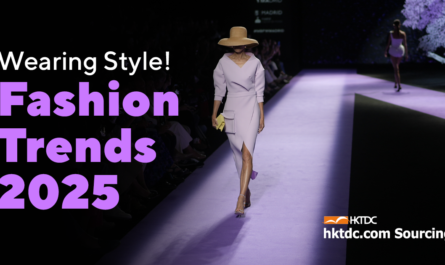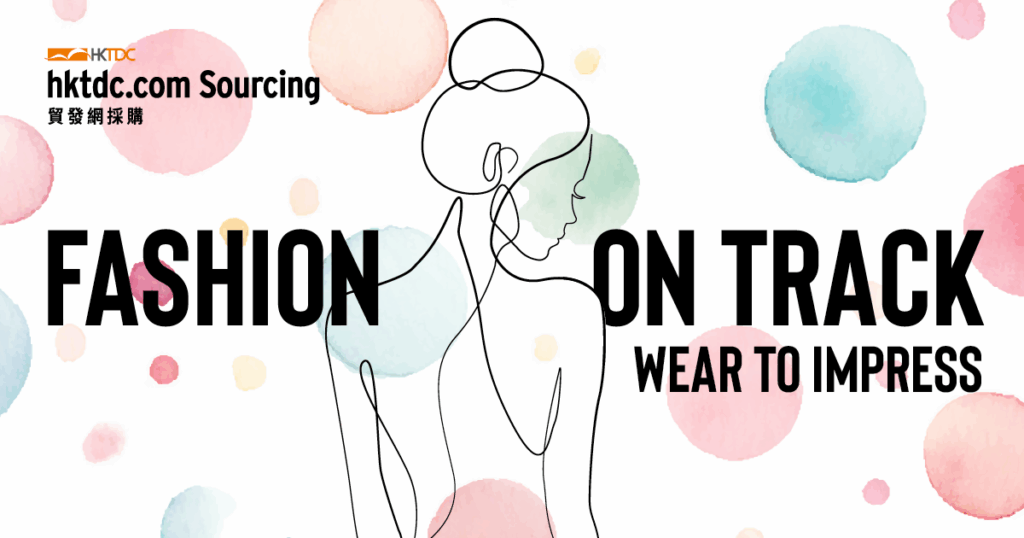Fashion in 2025 is all about blending innovation, sustainability, and individuality. As buyers and suppliers navigate this dynamic landscape, understanding the latest trends is crucial for staying ahead. This year, the spotlight is on shoes, boots, accessories, and design philosophies that celebrate craftsmanship, contemporary styles, urban influences, athleisure, and circular fashion across international markets.
Let’s dive into what’s shaping the global fashion market in 2025.
1. Shoes and Boots: Global Statement Footwear Trends
Shoes and boots in 2025 are no longer just functional—they’re statement pieces that define personal style. From sleek, futuristic designs to timeless classics, the footwear industry is embracing innovation and versatility.
- Chunky Sole Boots: Inspired by the 90s, chunky boots are dominating global markets. Brands like Dr. Martens and Balenciaga have refined their collections, incorporating lightweight materials and eco-friendly production techniques.
- Minimalist Sneakers: Clean lines and neutral tones continue to be a go-to for urban and athleisure enthusiasts. Look out for innovations like Adidas’ Futurecraft Loop, a fully recyclable sneaker made of one material.
- Metallic and Embellished Heels: High heels with metallic finishes, intricate embroidery, and gemstone embellishments are adding a touch of luxury to evening wear.
According to industry forecasts, suppliers need to focus on sustainable materials like vegan leather, recycled rubber, and biodegradable textiles to meet the growing demand for eco-conscious footwear.

2. Craftsmanship Revival: The Return to Artisanal Excellence
In a world of fast fashion, craftsmanship is reclaiming its throne. Buyers increasingly value intricate work, heritage techniques, and high-quality materials.
- Handcrafted Accessories: Artisanal belts, handbags, and jewelry are sought after for their authenticity and durability. Brands like Loewe are leading the way with their handwoven leather bags (Vogue, 2025).
- Luxury Tailoring: Men’s and women’s suits are being redefined with precision tailoring, showcasing expert cuts and fine fabrics like cashmere and silk blends.
- Couture-Level Detailing: Embroidery, beadwork, and hand-painted motifs are elevating everyday wear into works of art.
Suppliers should invest in skilled artisans and promote transparency in craftsmanship to attract premium buyers.
3. Contemporary Design: Avant-Garde Styles Reshaping Markets
Contemporary fashion in 2025 is about pushing boundaries while maintaining wearability. Buyers are drawn to bold, experimental designs that make a statement.
- Deconstructed Silhouettes: Asymmetry, layered textures, and unconventional cuts are dominating the runway. Designers like Rick Owens and Marine Serre are reimagining traditional shapes into cutting-edge styles.
- Bold Colors and Prints: Expect vibrant hues like cobalt blue, fiery orange, and emerald green, alongside abstract and oversized prints.
- Tech-Infused Fashion: Smart fabrics with features like temperature regulation and LED accents are merging tech and fashion seamlessly. (Tatler Asia, 2025)
Suppliers should explore partnerships with tech companies to integrate innovative elements into fabric and design.
4. Urban Fashion Evolution: Youth-Driven Trends with Global Impact
Urban fashion in 2025 is deeply tied to self-expression, blending casual wear with bold aesthetics.
- Streetwear Influence: Hoodies, graphic tees, and cargo pants remain popular, but with a luxe twist—think premium fabrics and minimalist branding.
- Retro Revival: Gen Z has reignited interest in Y2K fashion, with low-rise jeans, velour tracksuits, and bucket hats making a strong comeback. (The Straits Times, 2025)
Urban fashion thrives on cultural relevance. Suppliers should tap into local youth trends and collaborate with emerging designers for fresh ideas.

5. Athleisure: Activewear Meets Modern Fashion
The athleisure market continues to grow, with activewear evolving into versatile, day-to-night outfits.
- Seamless and Sculpting Designs: Leggings, sports bras, and tops with seamless construction and body-contouring fits are highly sought after.
- Neutral and Earthy Tones: While bold colors remain popular, earthy tones like terracotta, sage, and taupe are becoming staples.
- Luxury Athleisure: High-end brands like Lululemon and Alo Yoga are incorporating luxe fabrics like cashmere blends into their collections.
Suppliers should prioritize high-performance, breathable, and sustainable materials like recycled polyester and organic cotton.
6. Circular Fashion: Sustainability Driving Global Sourcing Decisions
Circular fashion is no longer a niche concept—it’s a necessity. Buyers are focusing on brands and suppliers that champion sustainability through upcycling, recycling, and vintage-inspired designs.
- Upcycled Accessories: Jewelry and bags made from repurposed materials like discarded metals and fabrics are gaining traction.
- Second-Hand Luxury: Platforms like Vestiaire Collective and The RealReal are making vintage and pre-loved luxury items more accessible (Forbes, 2024).
- Biodegradable Fashion: Designers are experimenting with plant-based materials like mushroom leather and banana fibers to create fully biodegradable garments.
Learn More:
Sustainable Chic: How Innovative Fashion Materials Redefine Trends
Suppliers must adopt circular production methods, from material sourcing to packaging, to align with eco-conscious buyers.
CENTRESTAGE Opportunity: Connecting with Tomorrow's Fashion Leaders
The fashion trends of 2025 reflect a world that values sustainability, individuality, and innovation. Buyers and suppliers must adapt to these shifts by embracing eco-friendly practices, investing in craftsmanship, and staying attuned to contemporary and urban influences.
For buyers and suppliers, the time to act is now.
Register for the upcoming CENTRESTAGE fair happening from 3 to 6 September 2025 to lead with purpose and creativity!
Find out the latest fashion items on our e-Marketplace too!
Related posts:
 International Buyer Sourcing Behaviour Survey 2025: Strategic Sourcing in Uncertain Times (Part 2)
International Buyer Sourcing Behaviour Survey 2025: Strategic Sourcing in Uncertain Times (Part 2)
 Sustainable Chic: How Innovative Fashion Materials Redefine Trends
Sustainable Chic: How Innovative Fashion Materials Redefine Trends
 In Love with Sparkles: 2025 Jewellery Trends
In Love with Sparkles: 2025 Jewellery Trends
 The State of Fashion 2024-25: Embracing Sustainability, Diversity, and Global Opportunities
The State of Fashion 2024-25: Embracing Sustainability, Diversity, and Global Opportunities





